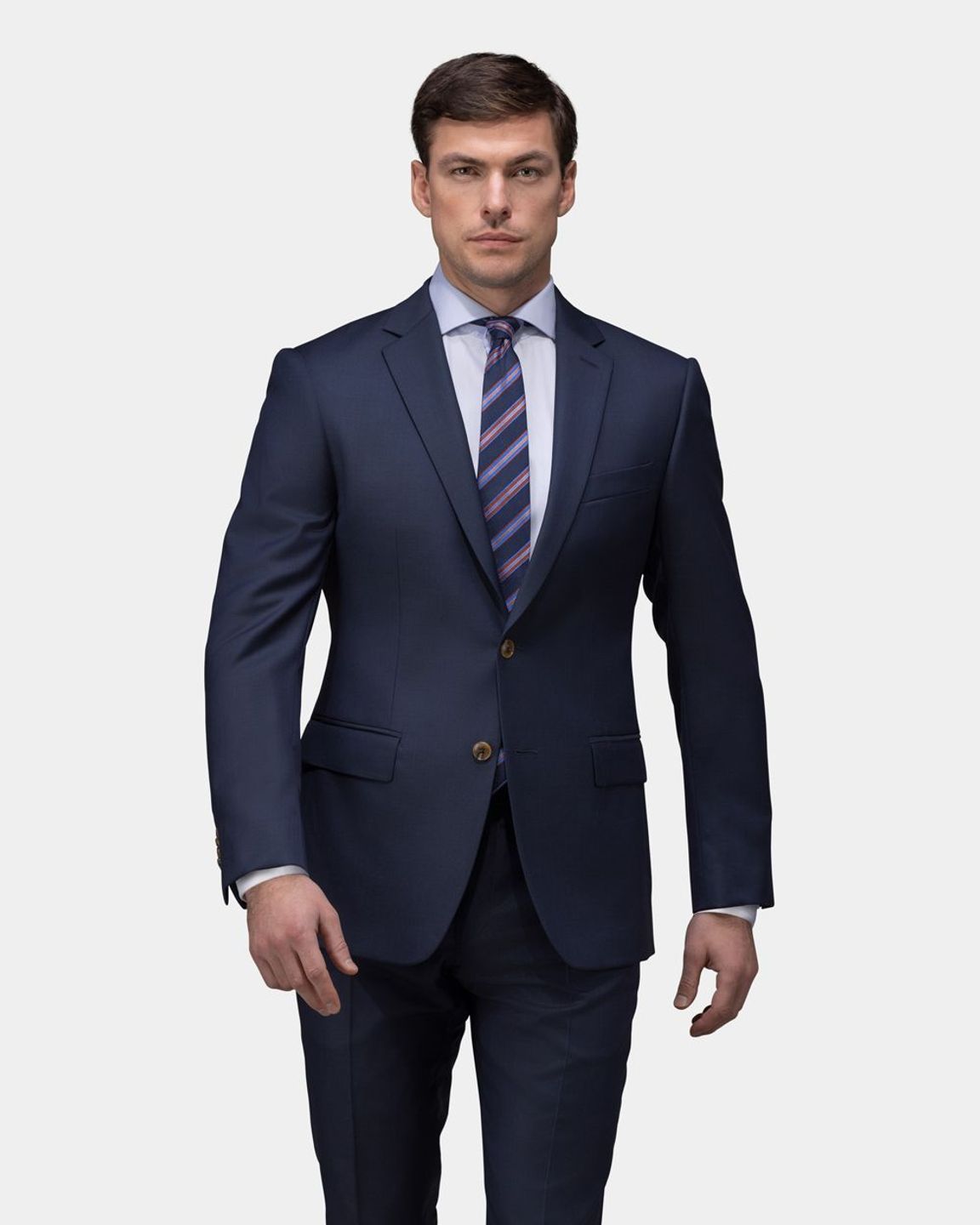Wedding Suits Perth: Tailored Perfection for Your Big Day
Wedding Suits Perth: Tailored Perfection for Your Big Day
Blog Article
Understanding the Tailoring Process: From Textile Selection to Last Suitable for the Perfect Closet
The tailoring process is a complicated interplay of art and science, beginning with the important decision of textile option and finishing in the accurate adjustments of final installations. Each material kind brings distinct high qualities that influence not just the aesthetic charm however also the garment's long life and suitability for numerous events.
Value of Textile Choice
Picking the ideal material is important in the customizing process, as it directly affects the convenience, durability, and general visual of the final garment. The option of fabric sets the foundation for the garment's efficiency, performance, and design. Various fabrics possess one-of-a-kind properties, such as breathability, stretch, and weight, which can significantly affect exactly how the garment drapes and fits the body.

A tailored piece made from a proper textile not only showcases workmanship however additionally boosts the wearer's self-confidence. Recognizing the nuances of material selection is vital for any customizing endeavor. It makes sure that the end product not only satisfies the aesthetic wishes of the customer but likewise straightens with practical needs, thereby attaining a harmonious balance in between kind and function in the customized wardrobe.
Sorts Of Fabrics and Their Uses
Recognizing the different kinds of textiles readily available is crucial for making notified decisions during the customizing process. Each fabric has one-of-a-kind qualities that determine its viability for specific garments and events.
Cotton, recognized for its breathability and softness, is optimal for informal wear and summer season apparel. Its versatility enables it to be tailored right into every little thing from shirts to dresses. Wool, on the other hand, is preferred for its warmth and structure, making it an exceptional option for official matches and outerwear. Its all-natural flexibility aids garments maintain shape over time.
Silk radiates high-end and is lightweight, making it best for eveningwear and delicate blouses; nevertheless, it needs careful handling due to its fragility. Linen, with its distinctive coating, is a prominent option for cozy climates, offering a crisp and airy feel, yet it wrinkles conveniently, which might impact the garment's appearance.
Synthetic fabrics, such as polyester and nylon, deal durability and resistance to creases, making them ideal for daily wear and active clothing. Understanding these textile kinds and their buildings enables much better decision-making, guaranteeing that each tailored item not only fits well but additionally straightens with the designated purpose and celebration.
The Tailoring Strategies Discussed
The art of customizing relies upon a range of techniques that change material into well-fitted garments. Central to this procedure is pattern preparing, where a tailor produces design templates based on the customer's measurements and wanted tailored suits perth style. This first action ensures that the garment will certainly fit the wearer effectively before any reducing occurs.
As soon as patterns are established, reducing methods come into play. Accuracy is paramount as errors can lead to misfitting garments. Tailors frequently use different cutting techniques, such as single-layer cutting for complex designs and multiple-layer reducing for performance on typical patterns.
Basting is an additional crucial strategy, permitting tailors to momentarily stitch material assemble for an initial fitting (tailor tuxedos perth). This method uses the possibility to evaluate the drape and total shape before final sewing
Seaming techniques, consisting of flat-felled joints and French seams, enhance the garment's longevity and aesthetic appeal. Tailors likewise use techniques such as interfacing and cushioning to supply framework and shape to particular locations, like collars and shoulders.
Last but not least, finishing techniques, including hemming and side ending up, ensure the garment's longevity while offering a sleek appearance. With each other, these techniques form the backbone of efficient customizing, causing exquisite, custom-fit apparel.

Suitable Adjustments and Considerations
After the preliminary customizing methods have been used and the garment is constructed, suitable modifications become paramount to attaining the ideal fit. These adjustments deal with various elements of the garment, guaranteeing it contours to the user's body form and boosts overall appearance.

The surge of pants is an additional critical element; it ought to rest easily over the hips without creating pain, permitting convenience of movement. Hemming lengths for both trousers and skirts must show the wearer's preferred design while valuing proportions.
In addition, interest ought to be provided to the back of the garment, making sure that there are no unattractive pulls or excess textile - top tailor perth. Each adjustment should be meticulously considered, as also small modifications can substantially affect the general fit and aesthetic of the customized item, eventually bring about a closet that radiates confidence and elegance
Maintaining Your Tailored Garments
Constantly comply with the treatment tag guidelines, which might suggest completely dry cleaning for delicate fabrics or machine cleaning for more sturdy materials. Stay clear of regular laundering, as this can put on down the material and modify the garment's shape.
Storage space is equally vital; use cushioned hangers for jackets and layers to preserve shoulder framework, and store pants folded up neatly or hung to avoid creasing. Safeguard garments from direct sunlight, which can discolor colors and damages fibers.
In addition, periodic evaluations for minor repair services can protect against larger issues. Inspect for loosened switches, tearing joints, or indicators of moth damage, addressing these issues immediately to keep the garment's honesty.
Lastly, think about seasonal turning. Using customized items in small amounts permits textiles to recoup, expanding their life-span. By implementing these upkeep strategies, you can make certain that your customized garments continue to be as immaculate as the day you initially used them, improving your suitable closet for many years to find.
Final Thought
The tailoring process, encompassing fabric option, experienced methods, and precise fitting changes, plays an important duty in producing garments that improve both convenience and design. Recognizing the significance of maintenance expands the life of customized garments, solidifying their value in a well-curated wardrobe.
Report this page